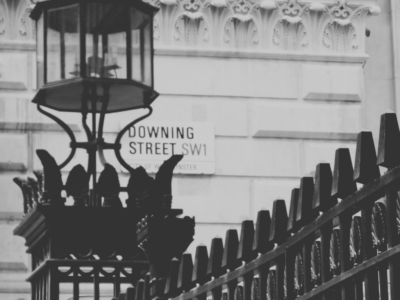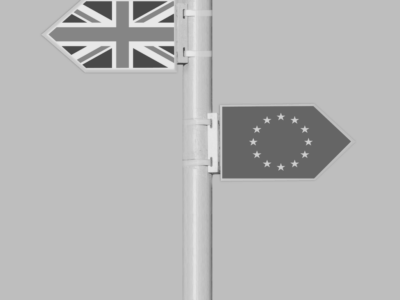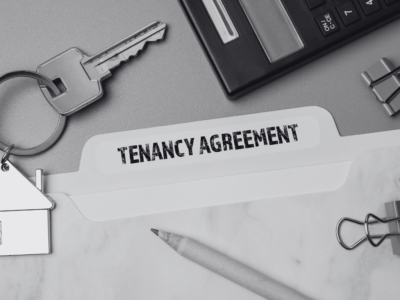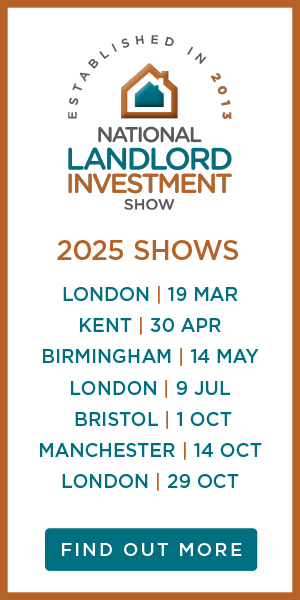With almost every seat counted, the results are in – the Conservatives have been returned to power with an increased majority, having gained at least 48 seats, taking their total to 365. This is the highest number of seats the party has won since its successive victories under former leader Margaret Thatcher in the 1980s.
St Ives was the final seat to be declared, with the results delayed, owing to poor weather during the day. The seat was ultimately won by the Conservatives.
The latest estimates suggest that over 13.96 million people voted for the Conservatives across the country, higher than the number of votes cast for them in 2017, when they lost their majority under Theresa May.
In contrast, the result was one of Labour’s worst performances since 1935, with 10.29 million votes cast for them, resulting in them winning just 203 seats, having lost almost 59 since 2017. Labour leader Jeremy Corbyn has confirmed he will not lead the party into the next election, but is yet to announce when he plans to resign.
Let’s explore some of the biggest developments from this election.
Turnout may have fallen
Early reports suggest that turnout fell slightly for this year’s election, down 1.6 percentage points since last time, to 67.3 per cent. In the years following the Second World War, turnout typically remained above 70 per cent, but slipped to an all-time low in 2001, before recovering at each subsequent election, until this year.
Despite falling turnout overall, the Conservatives actually increased their number of votes.
The Liberal Democrats lost their leader
One of the big shocks of election night was the revelation that Jo Swinson, leader of the Liberal Democrats, had lost her seat to the SNP, over in the Scottish constituency of East Dunbartonshire. Within hours of the results coming through, she announced her intention to resign as party leader, marking a disappointing night for the Liberal Democrats.
The loss of Jo Swinson as an MP and as party leader reflects the better results seen by the SNP up in Scotland, where they picked up 48 seats, giving them a significant majority in the region as a whole.
The party had run on a platform of seeking to place a Stamp Duty surcharge on overseas investors wishing to buy second homes, as well as intending to boost the level of housebuilding across the UK, but its position on Brexit may have proved to be more of a decisive factor for its overall performance.
Labour shaken by worst defeat since 1930s
Since Labour’s formation in the early-1900s, the party has experienced a number of spells in opposition, with occasional periods in government. The results from this year’s general election are the worst performance for Labour since 1935.
One of the likely reasons for the poor performance during this year’s general election is the fact that Conservatives targeted traditional Labour strongholds such as Bolsover and Blyth Valley.
In more recent times, the defeat in 1983, under then-leader Michael Foot served as a useful guide to seeing where Labour’s support base truly stood. In June 1983, Labour won 209 seats, in an election held at the height of the Cold War, when it supported nuclear disarmament.
This year’s result now takes Labour to 203 seats, putting it into unchartered territory in the post-war era.
Markets respond positively to results
One of the key indicators during general election night was the value of the Pound relative to the Dollar. Upon the closing of the polls and the release of the official exit poll, the Pound rallied by 2 per cent against the Dollar.
The FTSE 250, an index measuring the share prices 250 mid-sized companies in the UK, has rallied by 4 per cent so far today, taking it to a new all-time high, suggesting a return of confidence to investors.
The FTSE 250 is often seen as a more accurate indicator of the UK economy than indices such as the FTSE 100, as its constituent companies’ operations are more UK-focused.
A number of those companies operate in the UK’s construction sector and have also rallied on news of the Conservative victory. This comes, following survey data which suggested that the construction sector contracted in November.
Conservative manifesto pledges come to the fore
Now that the Conservatives appear to have won a majority of seats in the House of Commons, a swift resolution to the Brexit process will be top of the new government’s agenda, as well as making good on the large number of manifesto pledges made over the course of the election campaign.
Some of these include the abolition of no-fault evictions, through the scrappage of Section 21. It remains unclear how quickly the new government will seek to introduce a bill on the matter, but as it was presented as an official manifesto pledge, it is highly likely to appear in the legislative agenda in the coming months.
The Conservatives also announced measures in their manifesto to try and boost housebuilding, aiming to ensure delivery of 300,000 new homes by the mid-2020s. So far, housebuilding has continued to fall short of this figure in recent months.
Brexit Party fails to make an impression
The Brexit Party, which topped a small number of opinion polls as recently as June this year, failed to make much of an impression in the election as a whole. Having enjoyed support as high as 26 per cent in a YouGov poll, the party slumped at the ballot box, garnering just 2 per cent of all votes cast, equivalent to 642,303 votes in total.
The party’s Contract with the People document, akin to an election manifesto, was noted for being scant on details, especially regarding the party’s housing policies. One of the pivotal moments for the party during the campaign was when leader Nigel Farage ordered the party to stand down candidates in seats the Conservatives had won in 2017.
This year’s general election has been one of the most pivotal elections in many years, with over 31 million people estimated to have had their voices heard, after a five-week campaign. The result has undoubtedly changed the face of UK politics beyond recognition.
As the newly-elected government settles into power with a strong majority and a mandate from voters, Brexit and the UK’s shortage of affordable homes are just some of the issues that are highly likely to feature at the top of the political headlines, as the UK enters into 2020 and beyond.






















Comments